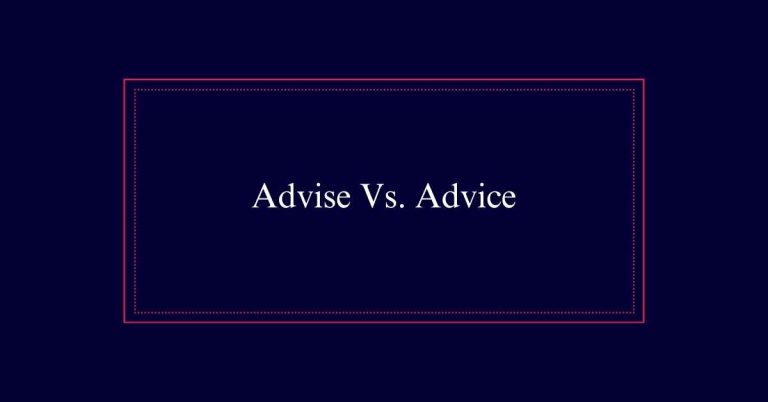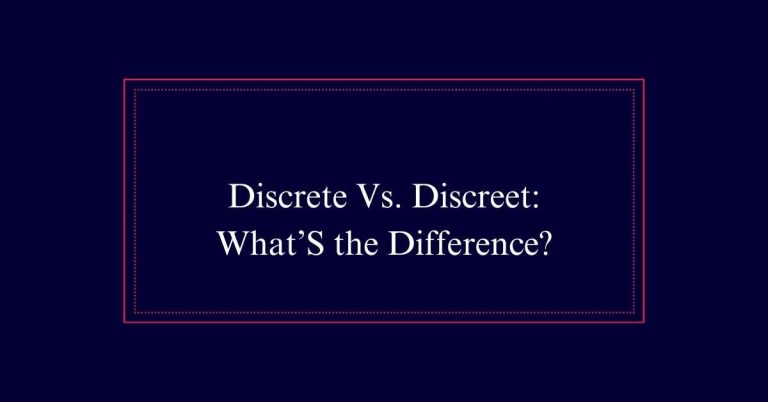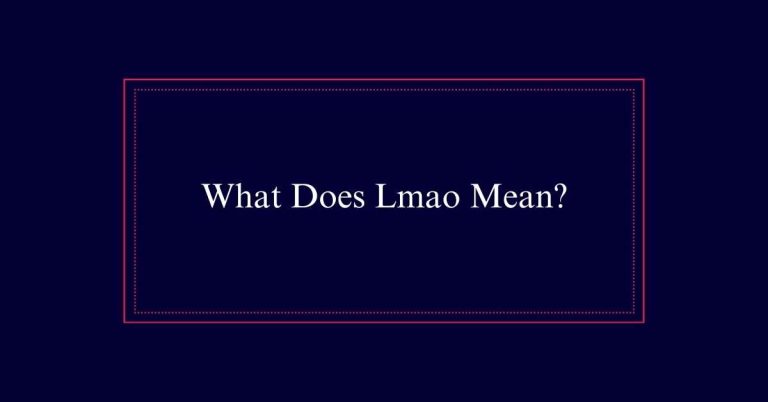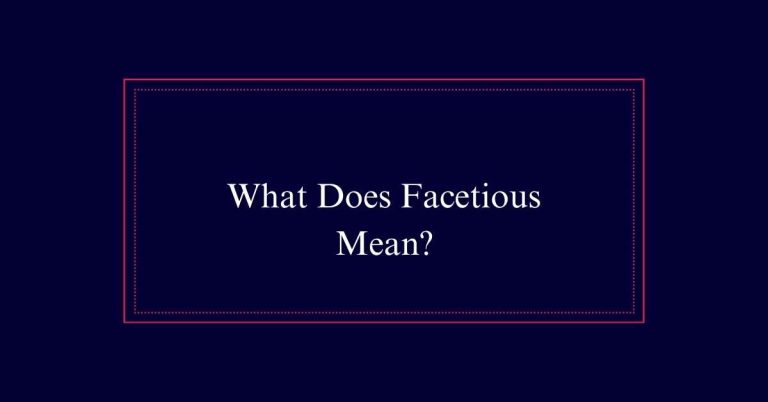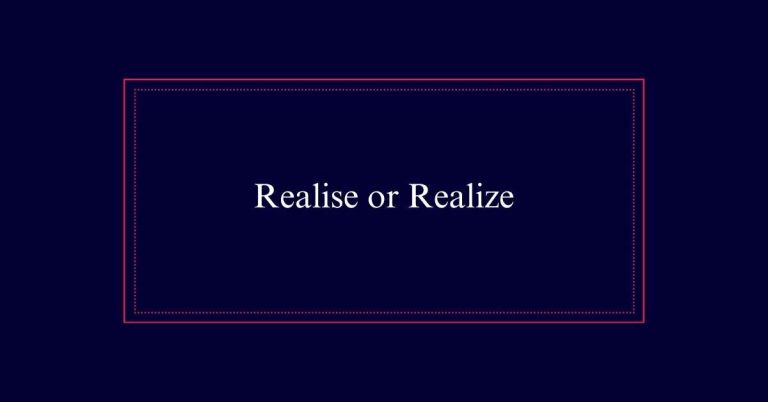What Is a Straw Man Argument?
A straw man argument is when someone twists another person’s original point into a distorted or simplified version that’s easier to refute. Instead of addressing the actual argument, they exaggerate or misrepresent it to make it sound absurd or weak.
This tactic avoids real issues and leads to misinformation. Key signs to spot a straw man include twisted words, exaggerations, and oversimplification. To counter it, you need to clarify the true argument and point out the misrepresentation.
Understanding Straw Man Arguments
A straw man argument distorts someone’s position to make it easier to attack. Instead of engaging with the real argument, it oversimplifies and misrepresents it. This makes the opposing view seem extreme or unreasonable. By doing so, the person using the straw man can easily dismiss the argument without addressing its actual points.
You’ll often find straw man arguments in debates, politics, and even everyday conversations. They strip away the nuances of the original argument, focusing only on a distorted version. This tactic is misleading and can spread misinformation.
It avoids the core issue and derails productive dialogue.
Straw Man Definition
Imagine arguing against a point you’ve never made; that’s the essence of a straw man argument. It’s a type of logical fallacy where someone takes your actual position and distorts it, making it easier to attack.
Instead of engaging with what you’ve actually said, they misrepresent your argument and then argue against this weaker version. Here’s how it works:
- They exaggerate your viewpoint.
- They take your words out of context.
- They present an extreme version of your stance.
Key Characteristics
Distorting an opponent’s position is the main characteristic of a straw man argument. You take what someone says and twist it. You exaggerate or oversimplify their view. This makes their argument seem weaker than it is.
You might ignore the nuances and complex parts of their stance. Instead, you focus on a misrepresented, often extreme version.
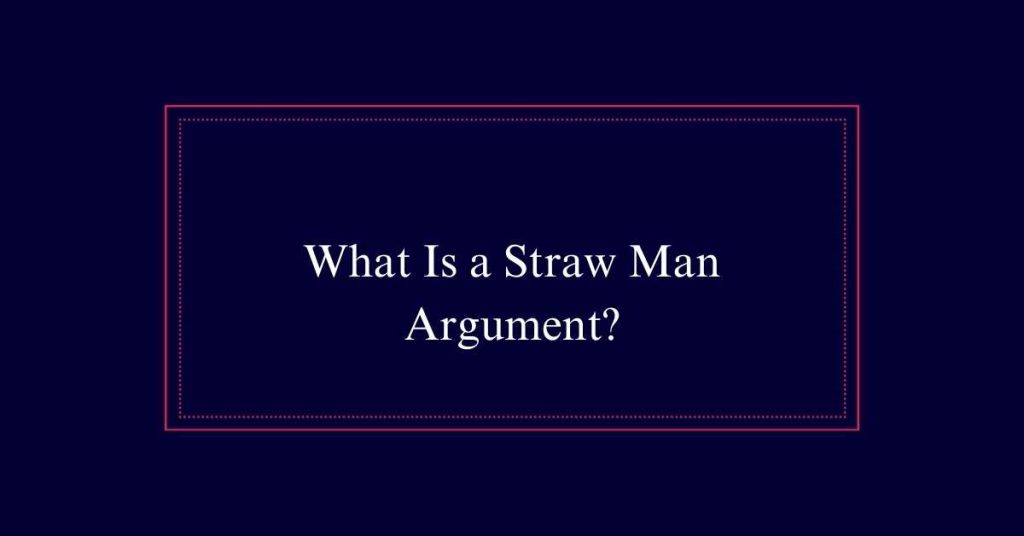
Historical Context
The term ‘straw man argument’ gained recognition as a distinct fallacy in the 20th century. Before this, people used similar tactics, but they didn’t have a name for it. The concept was always there, yet it became more defined and studied in modern times.
In historical debates, you can see examples of straw men, even if they weren’t called that. Philosophers, politicians, and writers have long used this trick to win arguments.
- Misrepresenting an opponent’s view to make it easier to attack
- Oversimplifying complex issues to distract from the real argument
- Avoiding the actual points raised by the opponent
How Straw Men Work
Understanding how straw men work can help you spot these fallacies in everyday arguments. A straw man argument takes someone’s real point and twists it. It oversimplifies and exaggerates, making it easier to attack.
For example, if someone says we should reduce car use to save the environment, a straw man response might be, ‘So you want to ban all cars and make everyone walk?’ This tactic distracts from the real issue. It avoids engaging with the actual argument. By focusing on a distorted version, it misleads others and spreads misinformation.
Identifying Straw Men
You can spot straw men by watching for arguments that twist the opponent’s words. Look for exaggerations or distortions of what was actually said. This makes the argument easier to attack, but it’s not fair.
Here are some signs to watch for:
- Oversimplification: The argument reduces complex issues to simple terms that are easy to refute.
- Exaggeration: The opponent’s position is blown out of proportion to make it sound unreasonable.
- Ignoring context: Important details and nuances of the original argument are left out.
Addressing Misrepresentation
Spotting a straw man is just the first step; now, let’s talk about how to address this misrepresentation effectively.
First, clarify the actual argument. Restate your position clearly and precisely. This helps refocus the discussion on the real issue.
Next, highlight the distortion. Point out where the misrepresentation occurred. Explain how your argument was twisted. Provide evidence and reasoning to back up your original stance.
Counter Strategies
When faced with a straw man argument, start by restating your position clearly and accurately. This guarantees there’s no confusion about your actual stance.
Next, stay calm and avoid getting defensive. Point out the misrepresentation by highlighting how your argument was distorted.
Use these strategies:
- Clarify: Restate your original argument to remove any false implications.
- Ask Questions: Request that your opponent elaborates on their understanding of your position.
- Provide Evidence: Share facts and reasoning to support your actual argument.
Real-World Examples
Real-world examples of straw man arguments are often seen in political debates and media discussions.
Imagine a politician arguing for stricter environmental laws. An opponent might respond, ‘They just want to shut down all factories and make everyone jobless.’ This misrepresents the original argument, making it sound extreme.
Another example is in media. If someone advocates for better gun control, a straw man response could be, ‘They want to take away everyone’s guns and leave us defenseless.’ This exaggerates the actual position.
In both cases, the original argument is distorted. It’s made to look unreasonable. Recognizing these tactics helps you see through the noise and get to the real issues.
Don’t let straw man arguments fool you.
Importance of Recognition
Understanding how straw man arguments distort the truth in real-world debates highlights why recognizing these fallacies is so important. When you can spot a straw man, you can keep discussions honest and productive. It helps you stay focused on the real issues instead of getting sidetracked by exaggerated or false claims.
Here’s why recognizing straw man arguments matters:
- Promotes Accurate Discussions: Keeps the conversation based on actual points, not distortions.
- Builds Credibility: Shows you understand and respect different perspectives.
- Prevents Misinformation: Stops the spread of false or misleading ideas.

